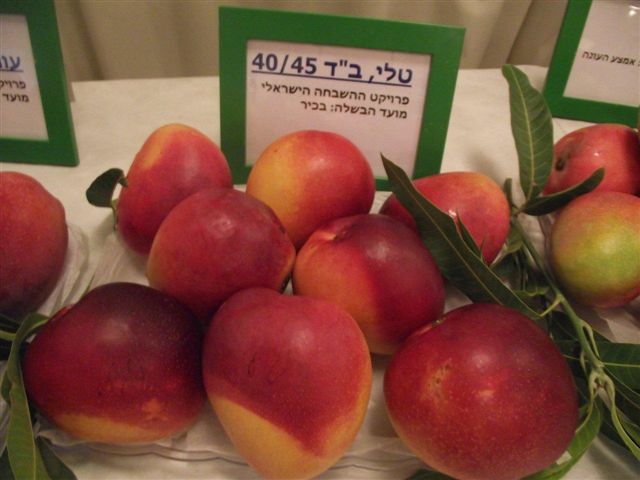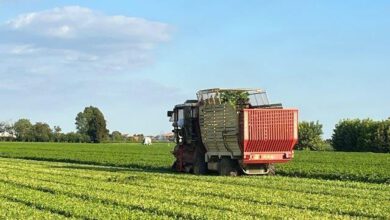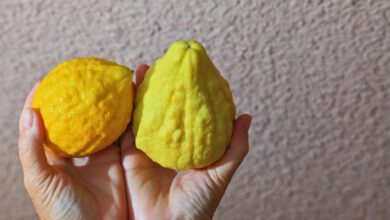Israel’s Mango Industry Overview
An overview of Israel's mango industry by Cliff Love and Reuven Dor.

.jpg)
Orchards’ area: Approximately 2,000 hectares of which 1,500 hectares are fruit bearing and a further 250 hectares of young plantations.
Growing areas: About 90% of the orchards are located around the Sea of Galilee in the north down to the lower slopes of the Gilboa in the southern part of Emek HaMayanot in addition to the Southern Golan Heights as far as Rosh Pinah; and the remaining 10% can be found in the central Arava region and the Jordan Valley, and at Sde Nitzan in the Western Negev. Private farms, mainly moshavim, account for 60% of the orchards while kibbutzim grow the remaining 40%.
Fruit picking seasons: From mid-June to late December – starting with the early varieties which ripen in the Arava (Haden, Tommy and Maya) from June to August followed by Omer, Noa and Shelli which ripen in August, while Kent is picked in August-September and Keitt in September-October. Shelli, Omer, Noa, Agam and Tali are among the patented Israeli varieties. Additional varieties grown include Zerifin and Palmer.
Harvest size: Of the 50,000 tons harvested this year about 20,000 tons were exported and 30,000 tons sold on the local markets, including on markets in Gaza and the West Bank. This is a growing industry and an additional 100-150 hectares are planted each year, a factor which is largely due to recent problems in the citrus fruit industry.
.jpg) | .jpg) |
.jpg) | .jpg) |
Export destinations and competitors: Apart from the traditional markets in Europe, especially in the UK, France, the Netherlands and the Balkans mangoes have found new growing export markets in Eastern Europe and Russia. The Palestinian market in Gaza and the West Bank is also important with some exports going eastward to Jordan. Mango exports in 2012 amounted to 16,800 tons with increased exports this year to Russia.
The industry’s standards: Strict care is taken to ensure that exporters adhere to the constantly changing European Union’s standards, including the Europe Guard and Global Guard standards, as demanded by the European food chain stores.
Global market share: Thanks to its excellent reputation, Israeli mangoes’ share of the European market is about 20%, with some very small quantities going to South Africa. The principal competitors are West Africa, Puerto Rica, Brazil, Peru and Mexico.
Demand: Demand for Israeli mangoes is very high and its global record-breaking yield per hectare is unique.
Projects in the industry: Ongoing long-term research and efforts are under way to cultivate new enhanced varieties (5 patented varieties). Irrigation and more effective use of fertilizers are also important while plant protection initiatives include controlling the Mediterranean fruit fly without the need for chemical spraying, thereby contributing to the sophisticated and environmentally friendly pest control.
Altogether there are 17 export companies, of which the 5 largest ones control 90% of the exports, namely Mhadrin, Galil Express, Odem, Eitan, and Niva.
Source: Cliff Love, Advisor on subtropical fruit and national mango specialist and Reuven Dor, Coordinator for the Avocado section at the fruit department
of the Plants Production and Marketing Board.




